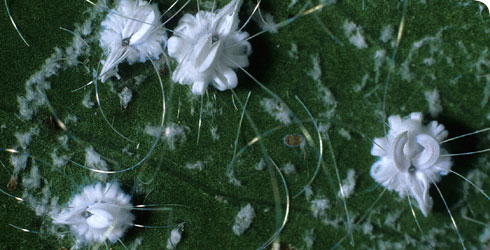Scientific advances
Scientific methods have become ever more advanced in recent decades, with the discovery of DNA, and the development of new technologies such as increasingly powerful microscopes. This has enabled scientists to study new species in more detail than before.
Scientists at the Museum use these techniques to carry out cutting-edge research with a range of benefits. Some scientists study tropical diseases to help control them in future. Some are experts in forensics and help with crime investigations. And others study a variety of agricultural crops to help manage them sustainably.
All of their findings could have important benefits in the future. Find out about some of the species they study in the categories below.
-

Disease
Many organisms cause disease, from common parasites to dangerous viruses like yellow and Dengue fever. Explore the work of scientists at the Museum that helps to explain these diseases and understand how to combat them.
-

Forensics
Scientists are often consulted in murder investigations as they can judge the time of death by looking at the insects on the body. Here are some of the tell-tale species.
-

Bio-control
Some species are harmful to humans and need to be controlled, such as bacteria in drinking water. Learn about research by Museum scientists to help keep their numbers down.
-

Industry
The natural world is an incredible resource for everything from medicine to biofuels, and plastics to handicrafts. But are these resources being managed sustainably?


